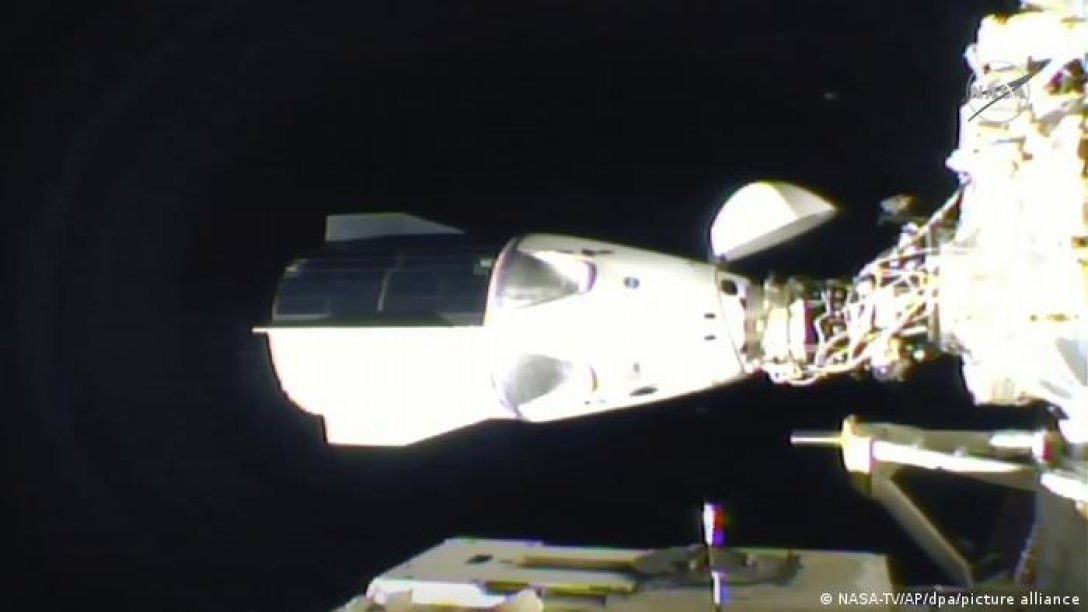After nearly 10 months in space, NASA is set to bring back the astronauts who have been stranded in orbit.
NASA has decided to replace the Crew Dragon spacecraft from SpaceX to launch the Crew-10 mission crew to the ISS earlier. This, in turn, allows the Crew-9 mission crew to return to Earth sooner, alongside astronauts from the Boeing Starliner spacecraft who have been stranded in orbit for several months, according to Space.
NASA announced that on March 12, a new crew for the Crew-10 mission, consisting of four astronauts, will be sent to the International Space Station (ISS) aboard the SpaceX Crew Dragon. The crew will include Anne McClain and Nicole Aunapu Mann from NASA, Japanese astronaut Takuya Onishi, and Russian cosmonaut Kirill Peskov. The astronauts will be aboard the Crew Dragon Endurance. Consequently, this will allow Crew-9 astronauts Nick Hague from NASA and Alexander Gerst from Russia, along with Sunita Williams and Barry Wilmore, who have been on the ISS since June 2024, to return to Earth earlier after arriving in orbit on the Boeing Starliner spacecraft.

Williams and Wilmore, who were supposed to be in orbit for no more than 10 days, couldn't return home last June due to technical issues with their spacecraft. The Boeing Starliner returned to Earth unmanned in September for safety reasons. Meanwhile, the Crew-9 mission crew arrived at the ISS at the end of September last year.
In December, NASA announced that the launch of the Crew-10 mission with the new crew would not take place before the end of March, which would significantly extend Williams and Wilmore's time in orbit. The delay was due to SpaceX needing to complete the construction of a new Crew Dragon spacecraft for this flight.

Now, it has been revealed that NASA has decided not to wait for the new spacecraft to be built, opting instead to use the already tested SpaceX Crew Dragon Endurance for the Crew-10 mission. This spacecraft has previously transported astronauts for the Crew-3, Crew-5, and Crew-7 missions.
This spacecraft will undergo some minor modifications and is expected to be ready for launch on March 12 aboard a SpaceX Falcon 9 rocket.
The expectation is that Williams, Wilmore, Hague, and Gerst will return to Earth sometime in late March.